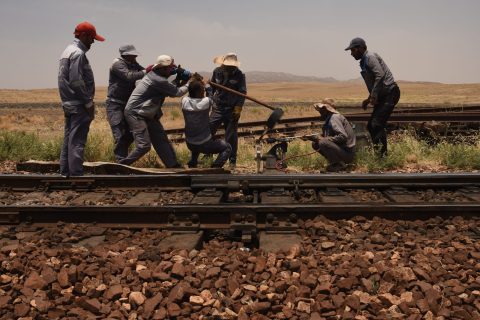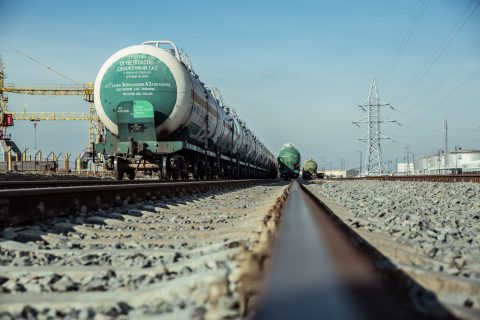Cold chain solutions needed for heated route China-the Netherlands

Pharmaceutical products move in millions between Europe and China and multimodal transportation plays an important role. This is especially true for the so-called cold chain logistics solutions, which guarantee temperature-controlled delivery of medical supplies. But the pharmaceutical cold chain industry is relatively young, and many challenges remain.
On 29 April, a webinar on the topic of the pharmaceutical supply chain cooperation between China and the Netherlands was held. It was organised by the Dutch Consulate-General in Chongqing (China), Holland International Distribution Council (HIDC), Urban Logistics Branch of China Communications and Transportation Association and China Logistics Time Magazine, with railfreight.com as its media support.
Challenges
“Cold chain transportation only covers about 10 percent of all medical cargo transportation, but nearly 20 percent of the quality issues of drugs are related to cold chain logistics”, Jiang Xu, Dean of Logistics College of Beijing Wuzi University stated. A first underlying cause is that there is a lack of overall planning and coordination of the pharmaceutical cold chain industry. There is a need for improvement of standards, and there are many risks at all stages of the supply chain.
Secondly, the high cost of current cold chain solutions discourages the development of the whole industry. While the cold chain market accounts for 10 per cent of the total pharmaceutical logistic industry, it consumes more than 20 per cent of the logistics cost in that market share. The current average cost of cold chain logistics accounts for 12 per cent of the total cost of pharma sales in China, which is 4 times higher than the average in the US. Costs add up due to many empty returns, cold chain packing, risk control and personnel training etc.
Solutions
The Netherlands plays an important role in the distribution of medical supplies in Europe. It was within this context that the Sino-Dutch cooperation was emphasised. During the webinar, Bart Pauwels from Embassy of the Kingdom of the Netherlands in Beijing and Jasper Eggebeen from HIDC both highlighted the importance of the Netherlands in terms of logistics access to the largest European pharmaceutical markets.
JD Logistics, a leading e-commerce platform company in China has chosen the Netherlands as one of their three European hubs. “With the rapid rise of pharmaceutical e-commerce, medical consultations moving online and remote, the demand for cold chain solutions will only increase”, said Qian Kainan during the webinar.
Door-to-door
According to Eric Willems from Movianto, a healthcare consultant company, there is a trend where the patient is increasingly in demand for door-to-door delivery. This poses new challenges for the logistics players. “Patient-centricity focus and the changing regulatory frameworks will drive further change in the supply chain. We see trends of consolidating inventory more and more.”
Currently, medical supplies are moved by sea, air and rail. The door-to-door challenge is a relevant one for all these transport modes, but at the same time a challenge perfectly meeting the expertise of the logistics provider.
Reefers
During the webinar, Oscar Vermeij from the Dutch firm New Silk Way Logistics shared his expertise on the use of reefer containers. The company already moves many pharmaceutical products between Europe and China by rail.
“We offer our own and serviced reefer container fleet on multiple rail routes between China and Europe. Currently, pharma products are our main focus among all commodity segments. As we use our reefer containers both ways, the cost of an empty return of equipment is reduced.”
Watch it again
Have you missed it? Or do you want to watch it again? You can find the webinar by filling in this form.
You just read one of our premium articles free of charge
Want full access? Take advantage of our exclusive offer





